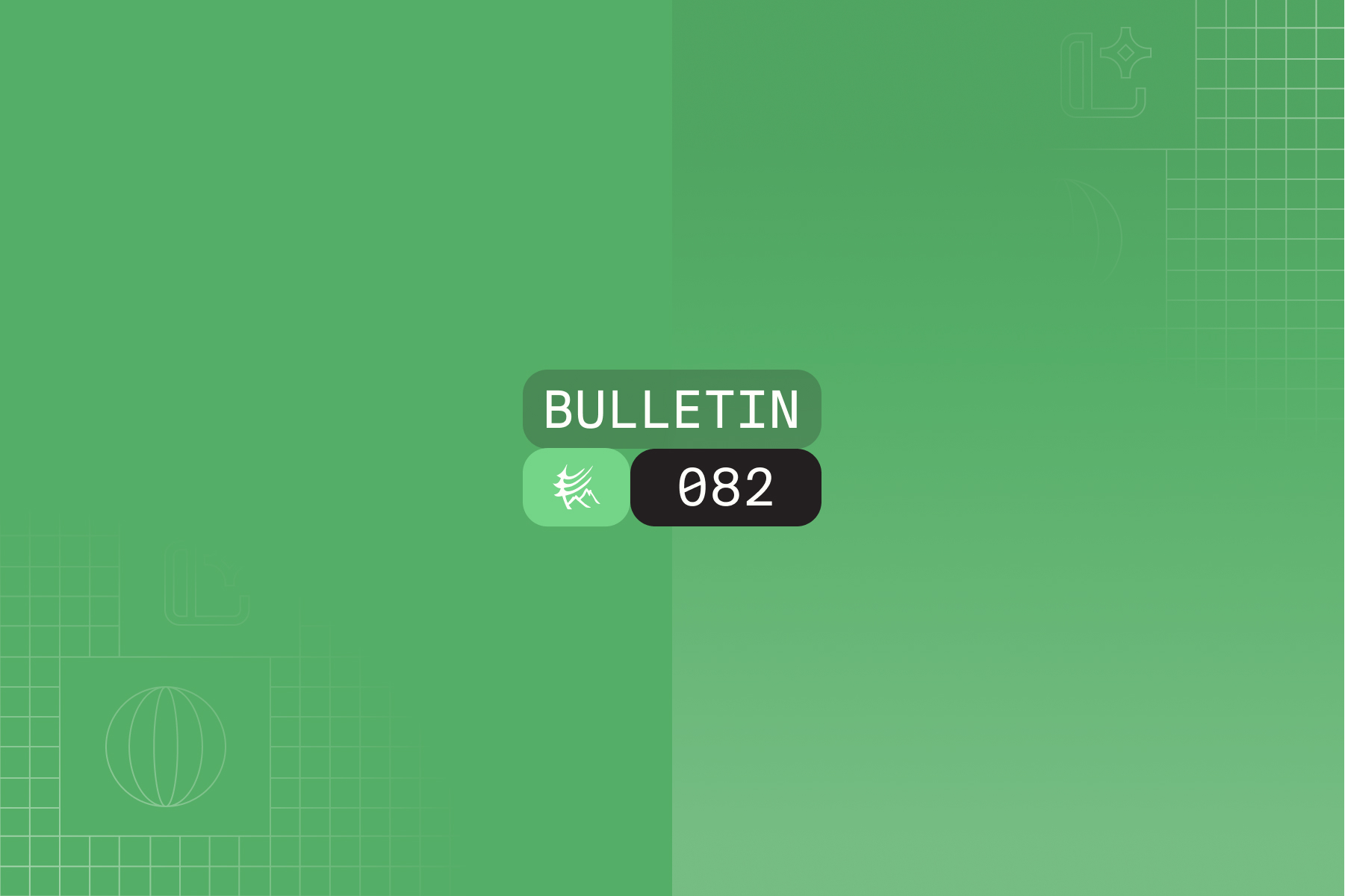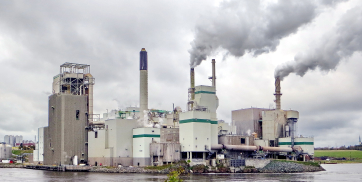This week’s Highwood Bulletin catches you up for the past few months of international methane news for the O&G sector. This edition is busy, with highlights including EU methane rule equivalency, COP29 developments, v4.0 of LDAR-Sim, annual reports by OGCI and OGDC, Carbon Mapper and MethaneSAT data, WEC final rule, Shell’s emissions reduction mandate appeal, Canada’s O&G sector emissions cap, Cheniere’s new MII intensity target, the Supreme Court on EPA rules, new EDF aerial research results, a new methane tracking metrics framework, the difference between SEEN and OLRE, and much more!
Biden requests EU alignment on methane regulations to facilitate LNG trade
In a letter to the European Commission, the Biden administration has urged the EU to recognize U.S. methane regulations for liquefied natural gas (LNG) exports as compliant with upcoming EU standards, aiming to streamline LNG trade and solidify U.S. environmental policies. Read more here.
COP29 endorses global carbon market framework
Nearly 200 governments have endorsed quality standards for carbon credits, a step toward establishing a UN-backed global carbon market aimed at financing greenhouse gas reduction projects. This agreement could expedite the market’s launch by next year, enabling nations and companies to offset emissions through global initiatives. Read more here.
Version 4.0 of LDAR-Sim released
LDAR-Sim (Leak Detection and Repair Simulator) is an open-source simulation tool used to model and optimize methane monitoring programs in the oil and gas industry, enabling companies and policymakers to assess the effectiveness of various technology strategies. The new Version 4.0 of LDAR-Sim allows companies to forecast uncertainties in annualized measurement-informed inventories. Download and use LDAR-Sim v4.0 here or reach out to Highwood for support.
OGCI publishes annual report
The Oil and Gas Climate Initiative (OGCI) reported that its 12 member companies invested a record $29.7 billion in low-carbon technologies in 2023, bringing their total investment since 2017 to $95.8 billion. Over the same period, members achieved a 21% reduction in upstream carbon intensity and a 19% decrease in Scope 1 operated greenhouse gas emissions. Read the full report here.
OGDC publishes first annual report
The Oil & Gas Decarbonization Charter (OGDC) has released its Baseline report, tracking emissions reduction efforts by its 54 signatory companies, which represent nearly 45% of global oil production. The report highlights that most signatories are aligned with the Charter’s goals of achieving net-zero operations by 2050, near-zero upstream methane emissions, and zero routine flaring by 2030, while also emphasizing the need for standardized reporting frameworks. Read the full report here.
Cahill: Trump’s energy agenda will help industry but brings risks
In a recent commentary, Ben Cahill writes that president-elect Donald Trump’s "energy dominance" strategy is expected to benefit the oil and gas industry through regulatory rollbacks, tax cuts, and support for U.S. LNG exports, although his plans to remove certain Inflation Reduction Act incentives may pose challenges, and broader economic risks like tariffs and inflationary pressures may offset some of these advantages. Read more here.
Carbon Mapper’s Tanager 1 launched and functional
Since its August 2024 launch, the Tanager-1 satellite has detected over 300 significant methane and carbon dioxide emission sources worldwide, including oil and gas facilities, coal operations, and waste sites across multiple continents. These findings, now accessible via Carbon Mapper’s public data portal, aim to enhance transparency and support targeted emission reduction efforts globally. Learn more here.
MethaneSAT releases initial data
MethaneSAT was launched on March 4, 2024, aboard a SpaceX Falcon 9 rocket from Vandenberg Space Force Base in California. Initial images from MethaneSAT highlight an unprecedented ability to detect methane emissions across oil and gas basins, revealing emissions from dispersed sources that could otherwise go unreported. Read more here. Related, Bezos Earth Fund recently announced US $10mn in new funding for MethaneSAT.
Waste Emissions Charge final rule published by EPA
The U.S. Environmental Protection Agency (EPA) has finalized the Waste Emissions Charge (WEC) under the Inflation Reduction Act, targeting methane emissions from oil and gas facilities emitting over 25,000 tonnes of CO₂e annually. Starting in 2024, the WEC imposes a fee of $900 per tonne of methane emissions exceeding specified thresholds, increasing to $1,200 in 2025 and $1,500 in 2026 and subsequent years. Read more here.
Shell wins appeal against carbon emissions reduction mandate
Shell overturned a Dutch court ruling that required it to cut carbon emissions by 45%, with the appeals court stating there was no definitive "social standard of care" mandating this specific reduction. While environmental groups view the decision as a setback, Shell argues it is already committed to emissions reductions, and the case may now move to the Supreme Court for further review. Read more here.
Canada publishes draft rules for O&G sector emissions cap
Canada has proposed draft regulations to cap national greenhouse gas emissions from the oil and gas sector at 35% below 2019 levels, aiming to implement a cap-and-trade system that incentivizes companies to reduce emissions. The rules are controversial because they create tension between ambitious climate targets and economic, regional, and technological challenges, particularly regarding industry competitiveness and jurisdictional authority. Learn more here.
Cheniere announces measurement-informed methane intensity target
Cheniere Energy has set a voluntary, measurement-informed target to maintain a Scope 1 annual methane emissions intensity of 0.03% per tonne of liquefied natural gas (LNG) produced across its two U.S. Gulf Coast liquefaction facilities by 2027. Cheniere’s announcement represents a significant shift to incorporate measurement-informed data in setting targets, a move that may spur other companies to do the same. Learn more here.
US Supreme Court rejects block of EPA methane rules
The Supreme Court has upheld Biden administration rules targeting methane emissions from oil and gas facilities, rejecting challenges from republican states. Lower court cases against the EPA will continue, while a separate challenge to carbon emissions rules is pending. Read more here.
New EDF data show high measured methane emissions
New data indicate U.S. oil and gas methane emissions are over four times higher than EPA estimates and eight times greater than industry targets. MethaneAIR measurements suggest underreporting, stressing the need for accurate, transparent data to inform policies and meet international climate commitments. Read more here.
New methane tracking metrics proposed by IEA, UNEP, and EDF
The International Energy Agency (IEA), the United Nations Environment Programme (UNEP), and the Environmental Defense Fund (EDF) have introduced a framework to monitor and report oil and gas companies’ progress in reducing methane emissions, aligning with the Oil and Gas Decarbonization Charter’s objectives. This initiative aims to enhance transparency and accountability. Ready more here.
What’s the difference between super-emitters and other large release events?
Highwood’s Chris Nixon explains the distinctions between Super-Emitter Events (SEEN) and Other Large Release Events (OLRE) as defined by the U.S. Environmental Protection Agency (EPA). A SEEN refers to any oil and gas emissions event detected remotely with a methane emission rate of 100 kg/h or greater, while an OLRE is any known source emitting 100 kg/h more than what is reported under Subpart W methodology; notably, a SEEN can trigger an OLRE, but they are not synonymous. Learn more here.
Don’t miss our Research Digest
Highwood’s Research Digest highlights recent methane emissions research, focusing on advancements in measurement methods, quantification, and the identification of emission sources within the oil and gas sector. Key studies discuss methane emissions inventories, the integration of satellite data with ground-based measurements, and the identification of significant emitters, emphasizing the need for improved data-driven approaches for emissions management. Read the Research Digest here.
Highwood grows online methane courses
Five courses are now available online via our partners at SAGA Wisdom. Education is a core part of Highwood’s mission and is necessary to enable the success of achieving rapid methane emissions reduction amid constant change and significant complexity. Explore our courses here.
Highwood awarded $2.2mn for reconciliation software
Emissions Reduction Alberta has awarded more than $44 million in their Emerging Innovators Challenge, including $2.23 million to Highwood Emissions Management. The funds will support our $4.46 million project to validate and further develop our Emissions Intelligence Platform, which enables users to perform reconciliation and build measurement-informed methane inventories. Learn more here.
Want to write for the Bulletin?
We’re always looking for guest writers who would like to contribute a Feature Article to the Highwood Bulletin. Please reach out if you’d like to write an unbiased, apolitical, solution-agnostic article for our ~2500 subscribers and ~7500 LinkedIn followers on an emissions management topic. Please reach out to our content team with your idea. Authors are fully credited and have a profile page on our website (we are happy to backlink).
Join our team! Highwood is hiring!
We currently have multiple exciting career postings on our website. If you have experience in methane emissions management and you’re looking for a career change, please reach out! Check out our active opportunities on our website by clicking here.





